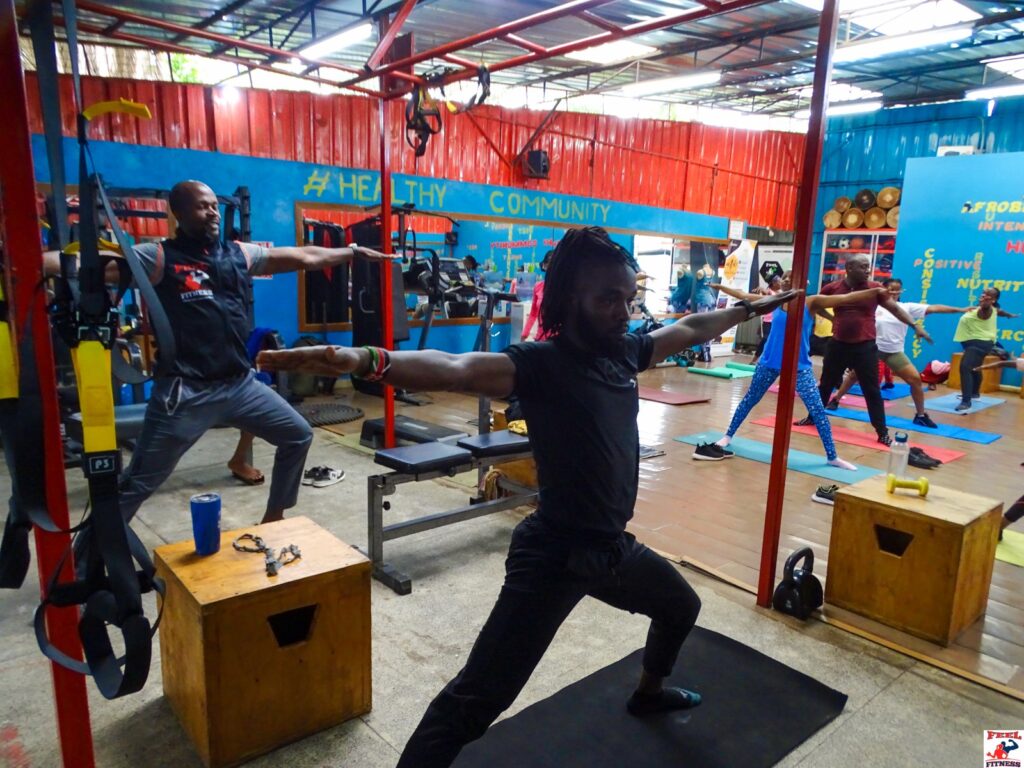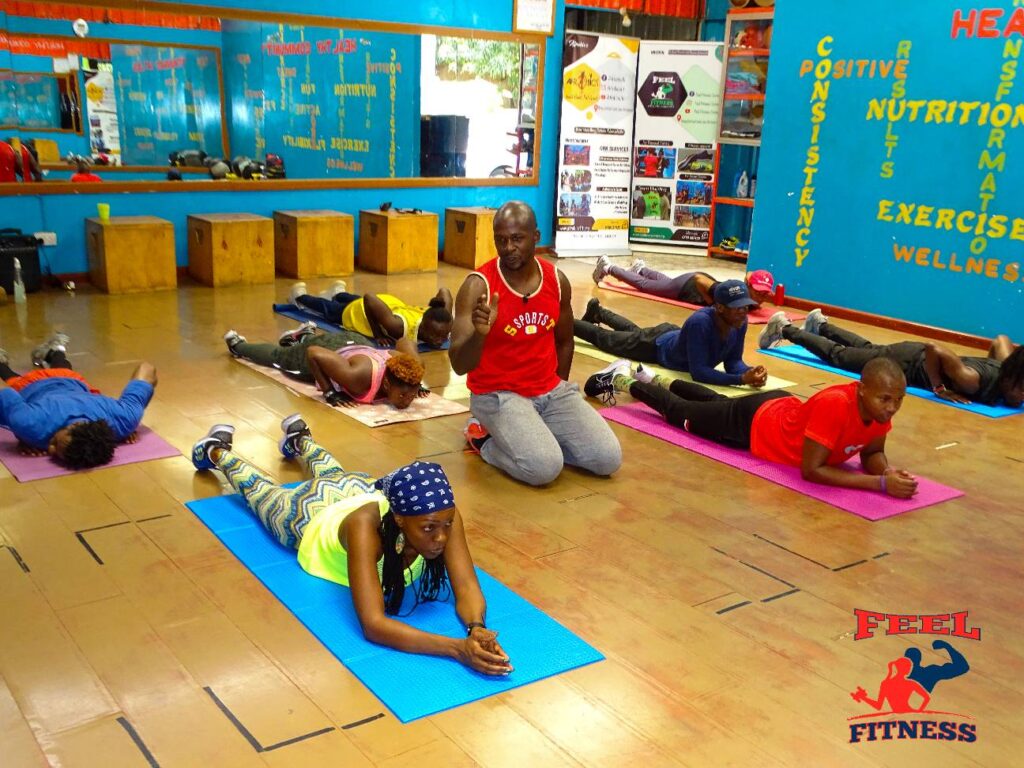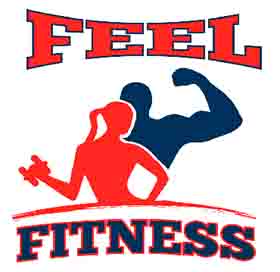Always Apply the Right Technique
A simple rule of thumb: whatever the exercise, always start with a good warm-up. Sure, it might feel like a drag when you’re short on time, but trust me, it’s a long-term game-changer. Think of warming up as priming your engine before a road trip. Recent research shows that warming up not only makes exercise feel easier but also lets you exercise longer and greatly reduces your injury risk. So, don’t dive headfirst into your workout—take it slow and easy at first.
Warm-Up Like a Pro
Spend 5–10 minutes (depending on the intensity of your workout) on gentle, rhythmic movements that mimic the exercise you’re about to do but at a lower intensity. This gets your joints, muscles, tendons, and yes, even your brain, ready for action. Warming up gradually increases your heart rate and boosts blood flow to your working muscles. It’s like giving your body a friendly nudge, saying, “Let’s do this!”
Gradual Progression
Getting fitter isn’t a sprint—it’s more like a scenic hike. Your body needs time to adapt to physical activity. Introducing new loads, forces, or movements too quickly is like trying to carry all the groceries in one trip—tempting, but risky. Start small, go slow, and ramp up gradually.
The temptation to slap on heavy plates or push for a personal best every time you hit the gym is real. But doing too much too soon is a fast track to injury city. Instead, think of every workout as an opportunity to move better, lift smarter, and refine your form. Exercise isn’t just about sweating—it’s about being intentional. Make it productive, useful, and yes, even fun.
Feel Fitness
And remember: don’t pressure yourself to achieve the impossible overnight. Fitness is a journey, not a crash course. Injuries can set you back and dampen the thrill of progress. Slow and steady wins the race, folks.
Technique Matters
Yes, we’re all about digging deeper, pushing further, and jumping higher. But here’s the kicker: are you doing it right? Are you lifting smoothly, or are you just yanking and flailing to get through the reps?
Using improper technique is like trying to assemble gym machine without reading the manual. Sure, you’ll get a result—but it won’t be pretty. A good fitness instructor is your manual—they’ll guide you through proper mechanics and techniques, ensuring you train smart and avoid injuries. Trust me, your future self will thank you.

Flexibility: The Secret Sauce.
Flexibility is the unsung hero of fitness, achieved through regular stretching—preferably after your workout when your muscles are warm and pliable. If you’re pressed for time, focus on the muscle groups you just exercised.

Take a page from kids: their free and fluid movements are a masterclass in flexibility. Crawling, rolling, and tumbling with ease—it’s their superpower. For us adults (and athletes), flexibility reduces injury risk and improves range of motion, giving us the freedom to move with confidence.
Cool Down, Don’t Crash
Your workout isn’t over until you’ve cooled down. Stretching post-exercise helps reduce muscle soreness and gradually brings your heart rate and temperature back to baseline. Swimmers might focus on back and shoulder stretches, while runners and cyclists benefit from lower-body stretches. Think of cooling down as the cherry on top of your workout sundae.
The Final Stretch.
In our quest for better health, we’re bombarded by endless advice on the “latest” and “greatest” fitness trends. But let’s not get lost in the noise. Fitness is about bettering ourselves—not breaking ourselves. So, warm up, progress gradually, master your technique, stay flexible, and always cool down.
Think of your body as a car—treat it right, and you’ll enjoy a smooth ride. Slam on the brakes or skip the basics, and you’ll be stuck on the side of the road with an injury. Let’s keep moving forward—injury-free and thriving—because the road to a healthy community needs every one of us. Enjoy the ride, but INJURE NOT!

